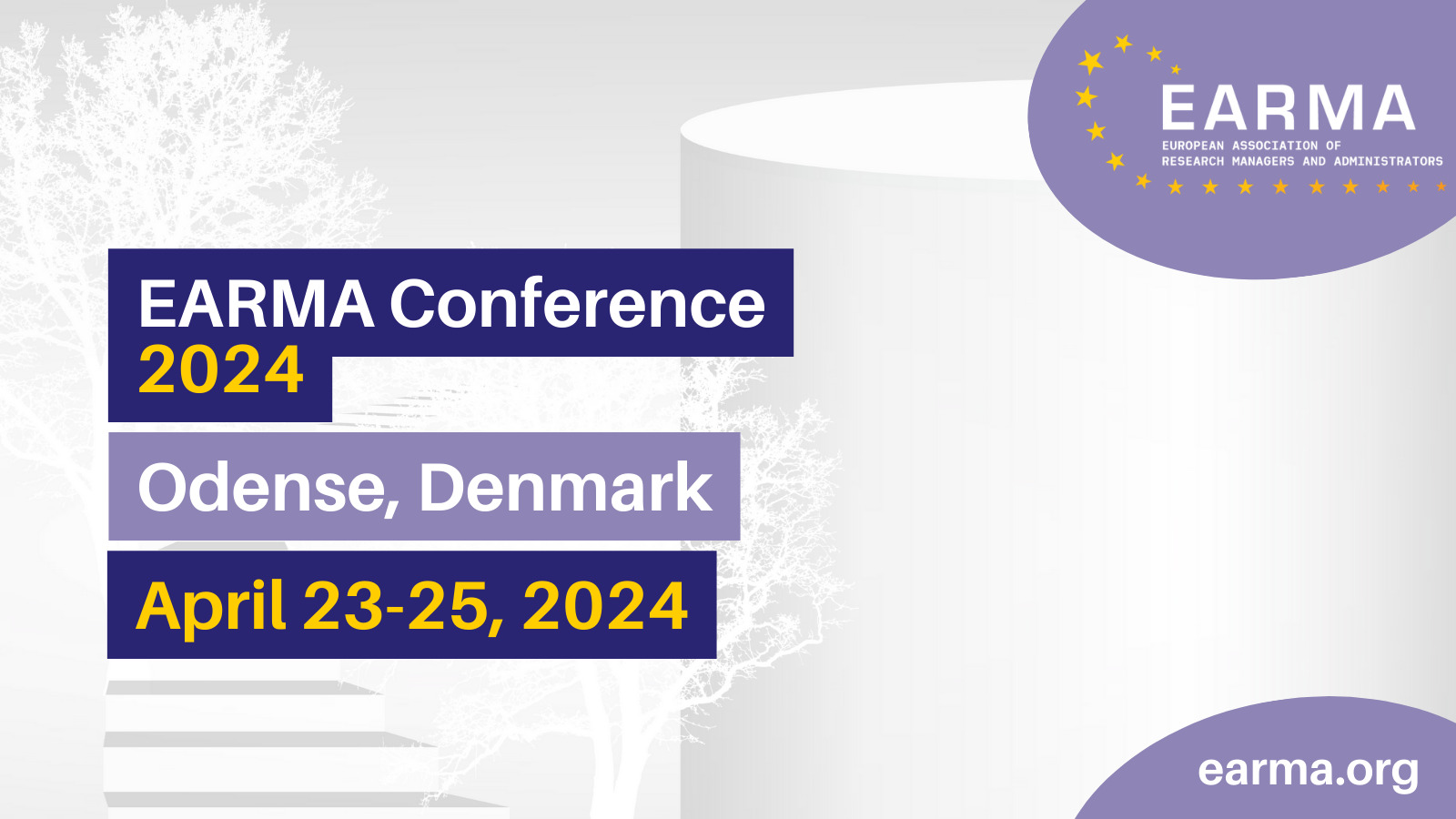Citizen Science: from Hype to Hope to Harmony
Insights from an Award-Winning EU-Funded Citizen Science Project
Abstract
Citizen Science (CS) stands as a formidable pillar of Open Science, as recognized by the Open Science Policy Platform—a high-level expert group that the EU relied on to delineate practical implementations of Open Science. This type of research offers an unparalleled platform to marry the expertise of researchers with the passion and diversity of the public. Delving into this vast domain necessitates a profound grasp of a spectrum of intricate factors. Drawing from our experiences in CSI-COP, the 2022 PICASSO Best Innovative Privacy Project winner, this paper unfolds a rich tapestry of insights pivotal to the realm of Citizen Science.
Crafting research proposals requires a delicate balance, ensuring benefits resonate equally for both researchers and the public. This presentation shows research leadership strategies positioning such mutual gains compellingly, setting the stage for grant approvals. Upon securing funding, our emphasis transitions to project management and collaborative task implementation, focused on decisions that transform these benefits from mere proposals to tangible outcomes.
Integral to the CS endeavour is its volunteer base. We illuminate effective techniques for their recruitment, training, and retention. Their enhanced involvement is further underpinned by the right sense of awareness for intellectual property rights and copyright intricacies endemic to CS ventures which we will touch upon.
For institutions charting a course in CS, infrastructural robustness is essential. Concurrently, ensuring researchers and support staff are equipped with the requisite skills becomes imperative. This odyssey, however, poses managerial, legal, safety, and ethical conundrums that necessitate thoughtful navigation. In that sense and aligning with LERU recommendations, this paper also introduces a prototype for a single point of contact for Citizen Science. This prototype, designed to streamline engagement and optimize the Citizen Science process, has been published in a peer-reviewed journal, is free to use, and is currently implemented by a number of European universities.
Our paper is enriched as we delve into the hopes, hypes, and harmony inherent in CS projects. Further intrigue is added when spotlighting the symbiotic dance between artificial intelligence and algorithms that impact the public and so citizen science practitioners, and citizen scientists, emphasizing their shared spaces and unique attributes.
At its core, this paper seeks to empower research managers and administrators with a panoramic view of Citizen Science, serving as a compass pointing towards collaboration, research excellence, and shared growth.


